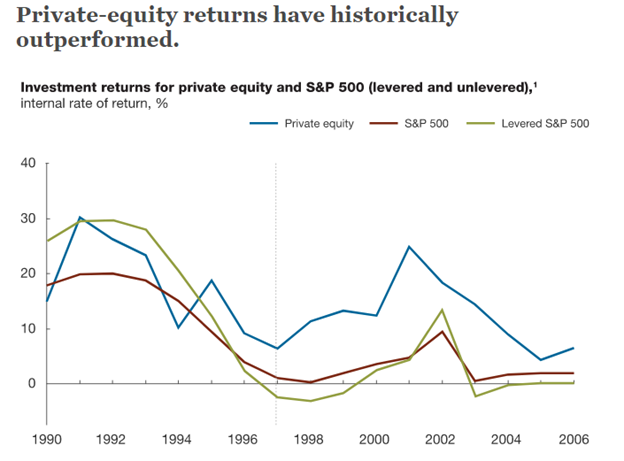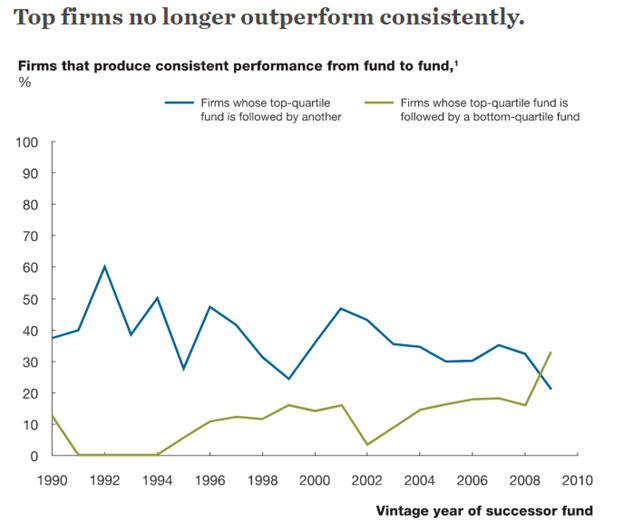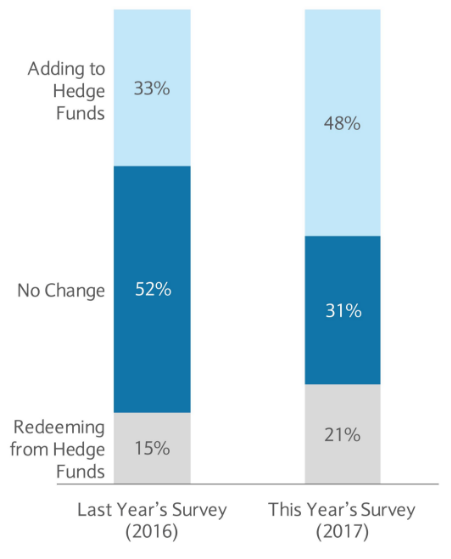
It’s 9 years later, and we can still feel the impact of the 2008-2009 financial downturn. Many people blamed structured products for the crisis. In reality, the real fault lies within loose underwriting standards and corporate greed. The lingering association, while no longer completely accurate in the here and now, is a large hurdle to overcome.
The reality is that structured products have changed. Rules and regulations have been set to mitigate the risk of the financial crisis, while the benefits (that always existed) are being rediscovered and repurposed.
Part of this shift comes from the increasing focus on providing investors with more transparency. Another part comes from being able to look at the crisis (and by extension, structured products) in hindsight.
Let’s take a look at the past, present, and future of structured products in America.
Structured products are still doing reputational damage control
Structured products are not flawless; there are valid concerns about liquidity band complexity. However, there are also many positive aspects to structured products that make them a viable offering.
Recently, there has been a shift in rules and regulations. Now, laws dictate that investors receive more clarity prior to making the investment, for example having access to the estimated value disclosures. The goal here is simple: put rules in place to help prevent another disaster.
Most institutions have realized that the best defense on the reputation of structured products is a good offense. They are helping their customers understand exactly what structured products are, how they work, and why, when used correctly, they add depth to an investor’s portfolio.
Also, they stress that structured products serve an even greater purpose. Everyday customers can benefit from structured products (like CDOs) that allow pooling of debt. In this way, structured products not only help investors, but also the general public.
Even still, structured products remain a mystery to most Americans. To get a better understanding, we have to separate fact from fiction.
How Structured Products Help Everyday Americans
Nowadays, many Americans have a visceral reaction to certain acronyms: ABS, MBS, CDO, CLO. Once upon a time, these never used to mean anything to people outside of the financial world
But it’s important to keep in mind that it’s not just banks that benefit from structured products. At the time of the crisis, for instance, Americans were leveraging the lower rates (much lower than they would have otherwise paid) offered by banks to take on the underlying loans, mortgages, and credit card debt.
Structured products work on the principle that the cash flow depends on the performance of underlying assets. By definition, a structured product is any product that derives its value from an underlying asset.
What does this mean? In essence, structured products are like traditional option pricing methods. They start to get complicated is when we start talking about derivatives. These include swaps, forwards and futures, and other embedded features like downside buffers and leveraged upside participation.
This works for both the financial institution and the customer. Thanks to structured packages, banks had the ability to package and sell consumer and homeowner debt, among other things.
The model of structured products makes the banks more willing to lend out money in the first place. Without structured products, consumers would likely face significantly higher rates or perhaps not be considered for loans and mortgages at all.
The world has certainly learned many lessons about the risks of structured products, and those risks shouldn’t be taken lightly. But we must not forget that “structured product” encapsulates a huge range of varying products. They can give an investor customized exposure to assets that they might otherwise not have been able to access.
The risks are also better understood and managed now. In 2008, when certain companies became insolvent, many investors were caught off guard. They weren’t aware of the risks because they didn’t have the necessary information upfront.
Financial Benefits for Investors
Following the financial crisis, investors have been very pessimistic about structured products, believing there’s not much in it for them. Negative media has only exacerbated the situation. However, structured products have proven that when placed in the right hands, they can optimize the investor’s portfolios in numerous ways.
Structured investments can help investors tap into markets or asset classes they’d have otherwise not been able to access. Because structured products have predefined returns, we’re able to participate in emerging or overseas markets while shielding from risks. The variety of choice also offers flexibility to diversify the portfolio.
By nature, structured products are able to offer some form of capital protection, depending on the anticipated amount of return. Investors are typically able to protect their initial investment from any market downsides while still being exposed to upside potential.
A great example to this would be Structured Notes, which allow investors to commit their money for a certain term. As long as they hold the product to term, they’re guaranteed to retrieve their principal investment, provided that no default occurs. In addition to the principal, they will carry any upside movement of the value of the underlying asset.
Following full disclosure of underlying risks, investors know the full scope of potential risks that come with a structured note even before they throw in any investment. Thus, they can be prepared in terms of wealth management and planning for tax cuts.
The Future of Structured Debt: A Safer, Stronger Comeback
Initially, securitization was part of the problem. But that doesn’t mean it can’t be or hasn’t been part of the solution. *For instance, the Federal National Mortgage Association (FNMA), which is a Mortgage-Backed Security (MBS) is currently valued at approximately $100.*
Several years later, we can look back at the financial crisis with fresh eyes. That also means being in a better place to analyze the benefits and drawbacks of structured products. Now, we have to be sure to take advantage of the benefits while buffering against the risks.
This blog was originally posted on TroyDixon.com










 “Show, don’t tell.” It’s one of the tropes used by high school English teachers across the country to explain to students that sharing a story full of specifics is more effective than simply stating facts. By the time we get out into the workforce, though, we’ve heard it so much that it doesn’t really mean anything to us anymore. As we work our way up to the top, we forget about the nuances of “showing” and start communicating in facts, numbers, and graphs–things we can grab onto.
“Show, don’t tell.” It’s one of the tropes used by high school English teachers across the country to explain to students that sharing a story full of specifics is more effective than simply stating facts. By the time we get out into the workforce, though, we’ve heard it so much that it doesn’t really mean anything to us anymore. As we work our way up to the top, we forget about the nuances of “showing” and start communicating in facts, numbers, and graphs–things we can grab onto.



